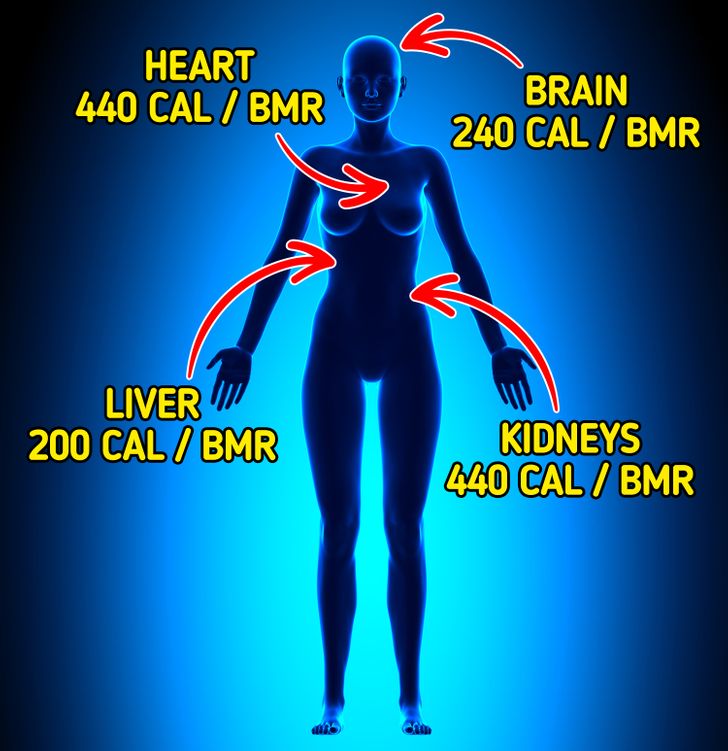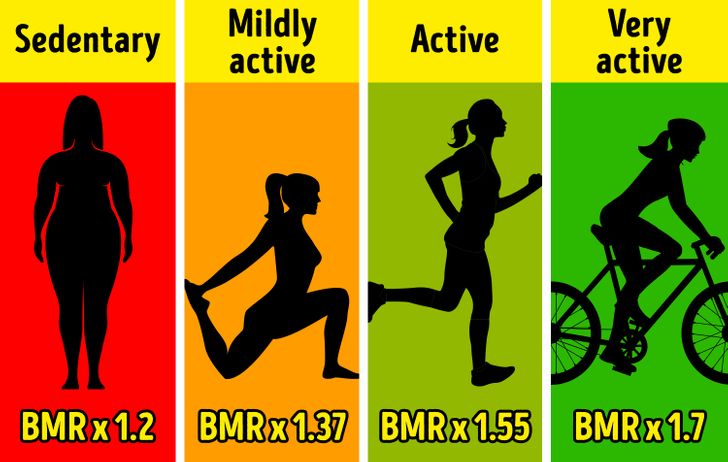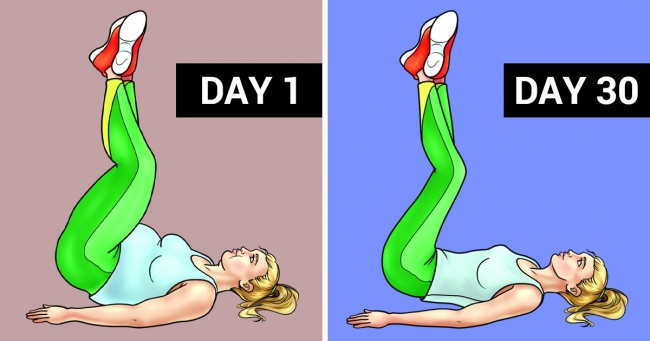If you want to maintain your weight or lose or gain a few pounds, you must first determine how many calories your body burns per day. There is a very simple formula to determine this.
It takes your basal metabolic rate and multiplies it by a number that indicates your activity level. If you are wondering what a BMR is and how to calculate it, we will explain everything.
We want to make your life easier by doing the math for you. You can then read the different amounts of calories needed in a day, based on your weight and athletic activity.
You Can Control How Many Calories You Burn
Your body is extremely smart. It takes the energy needed to function properly from the food you eat. The amount of energy your body burns is determined by your metabolism.
When you eat more than your metabolism burns, it stores it as fat. You can’t control how much energy is used to keep all of your systems working properly, but you can control how many calories you burn by exercising more.
These Activities Burn Energy

Your body’s metabolic rate is the total energy expenditure burned in a 24-hour cycle. It consists of 3 main components: your basal metabolic rate, or simply BMR, the thermic effect of food, which means the energy your body uses to digest it, and the energy burned during physical activity. We will focus more on BMR.
Your Basal Metabolic Rate (BMR)

Basal metabolic rate, also known as BMR, is the minimum amount of calories your body needs when you are at rest.
This means that your body needs calories to breathe, keep your heart beating, repair cells, adjust hormones, and more.
BMR takes up most of your body’s metabolic rate; in fact, about 2/3. According to one study, your brain consumes 240 calories to function and your heart 440.
The Harris-benedict Formula To Calculate BMR

The BMR is different for each person. It depends on many factors, such as your body type, the percentage of muscle and fat within your body, age, height, and weight.
Many equations are used to determine BMR, but the most widely used is the Harris-Benedict formula. It takes into account your weight, height, age, and gender.
First, you need to convert your weight and height to kg and cm. And it is calculated with the above equation.
Let’s say, for example, your name is Julia. You are 30 years old, 165 cm (5’4 ″) and 60 kg (132 lb). Let’s apply the equation to your measurements:
655 + (9.6 × 60) + (1.8 × 165) – (4.7 × 30) = 655 + 576 + 297-141 = 1387
You can use this calculator to get faster results. Remember this is a rough estimate.
Multiply Your BMR By These Numbers

1,387 would be the number of calories at rest to provide the energy your body needs in a day. Therefore, to determine the total amount of calories you should consume in 24 hours, we must take into account the level of activity you experience.
If you are sedentary, multiply your BMR by 1.2. If you are quite active, multiply by 1.55. And if you are very active, you should multiply it by 1.7.
To get a better idea, the entire table would look like this:
- Little to no exercise: BMR × 1.2
- Light exercise (1 to 3 days per week): BMR × 1.375
- Moderate exercise (3 to 5 days per week): BMR × 1.55
- Heavy exercise (6 to 7 days per week): BMR × 1.725
- Very heavy exercise (twice a day, very intense workouts): BMR × 2
Now let’s revisit our example. Let’s say you have moderate activities during the week. So we just need to multiply 1387 by 1.55. The total number of calories you would need to consume to maintain your weight would be approximately 2,150 per day.
The Total Number Differs According To Your Goal
Anything below 2,150 kcal per day would result in weight loss. Anything above that number would make you gain weight.
Now, if the goal is to lose a few pounds, experts recommend cutting that number by 500 calories a day, but no more. If you want to gain weight and build muscle, you definitely need to eat more.
Did you do your own calculations? What is your BMR and how many calories should you consume per day? Tell us in the comments section.









Leave a Reply